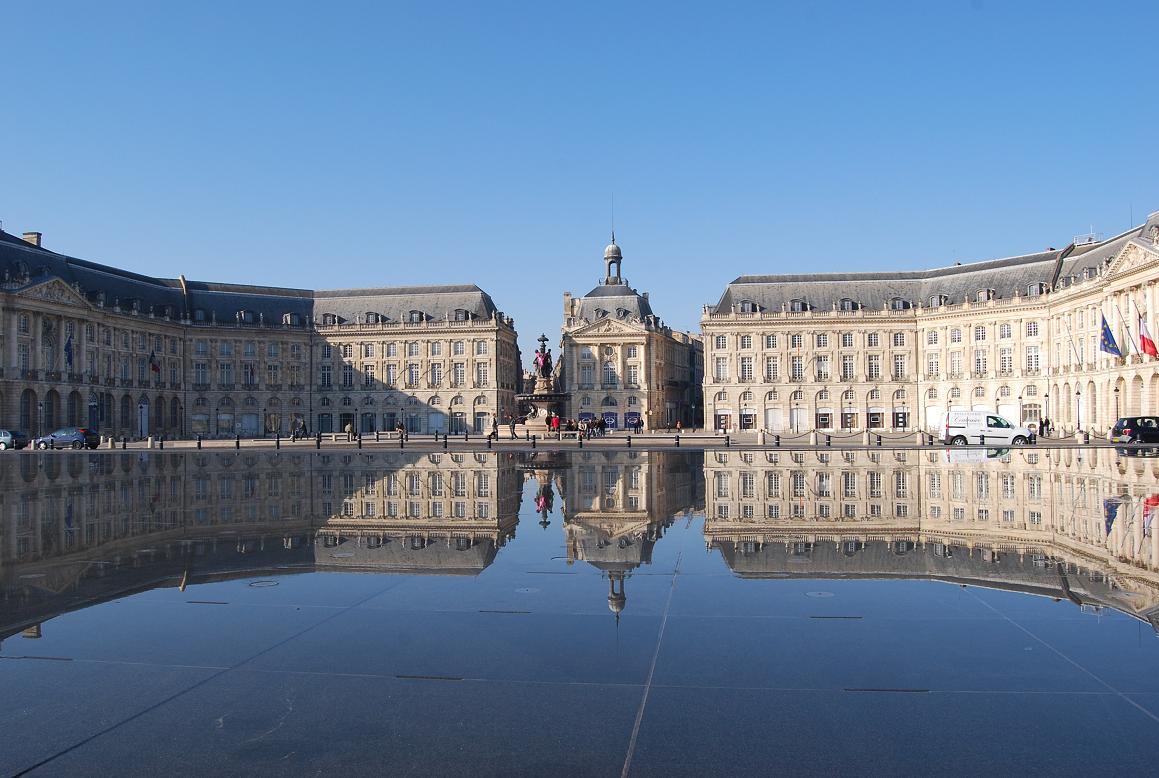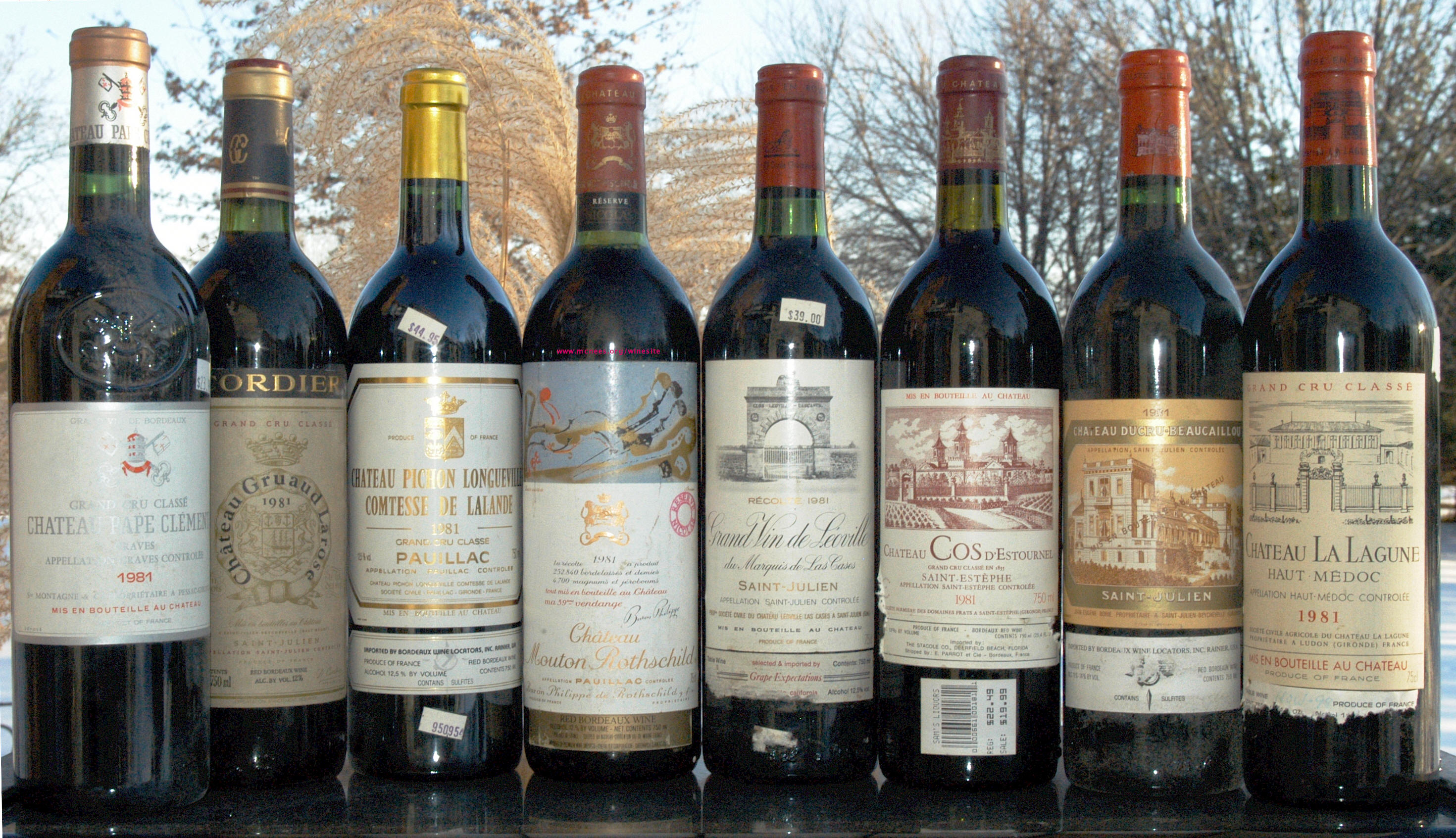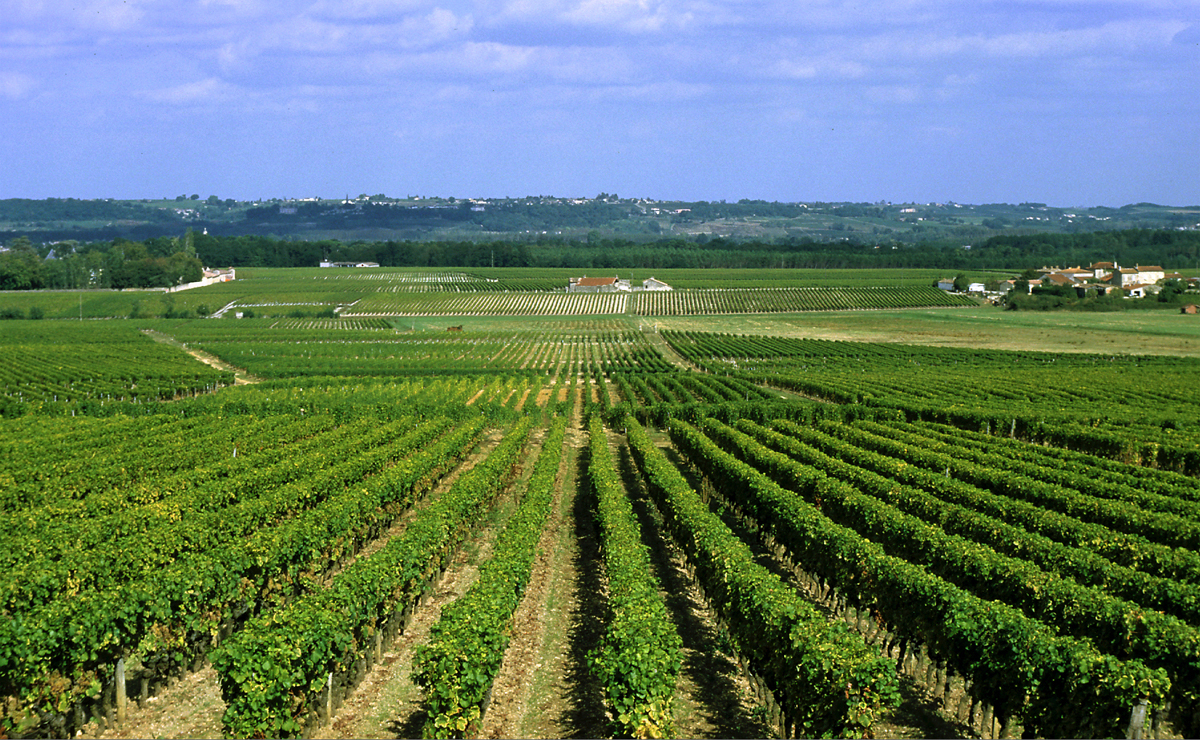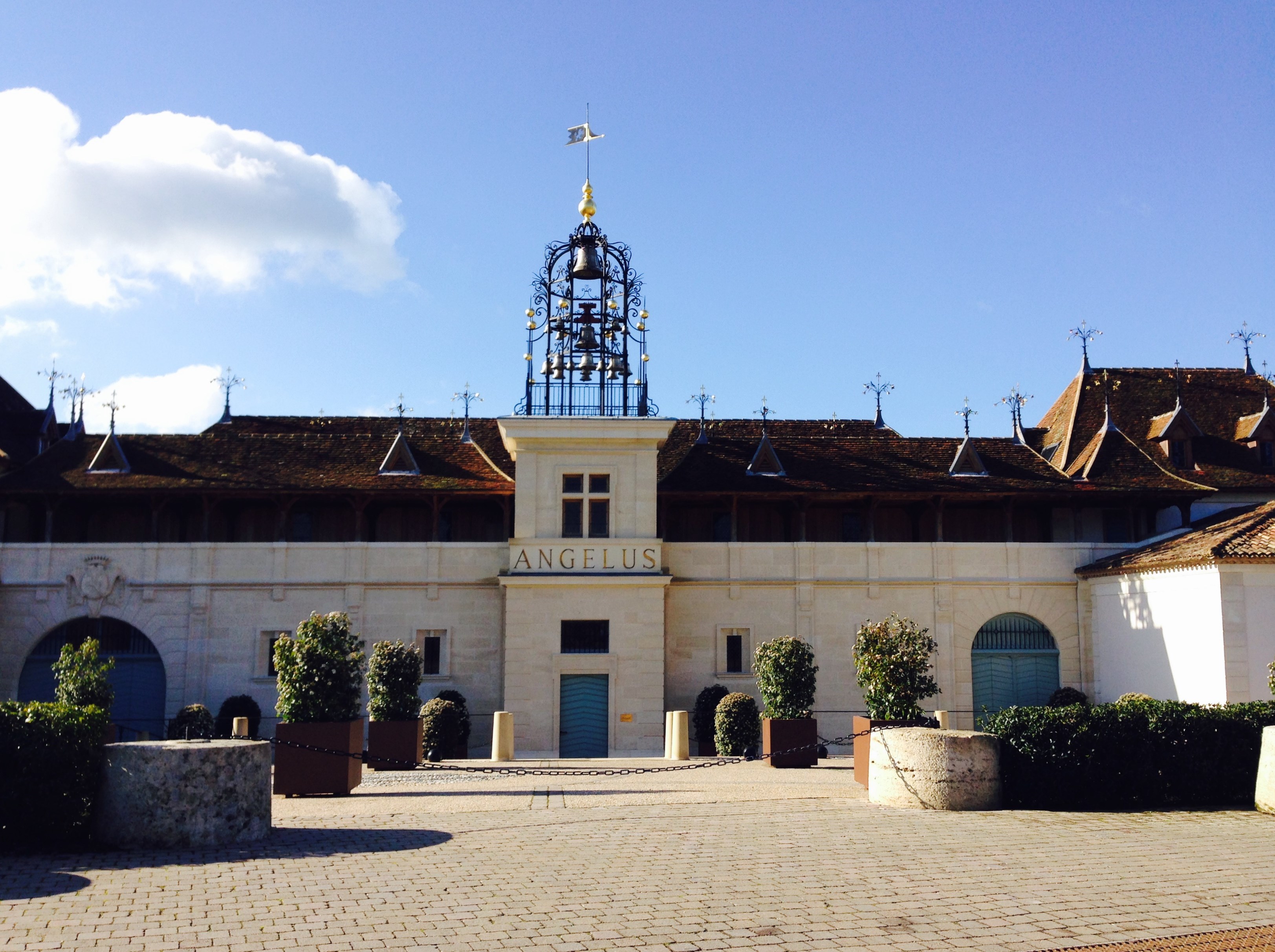
Bordeaux city - capital of this region
The Bordeaux region of France
Centred on the city of Bordeaux and covering the whole area of the Gironde department, Bordeaux has a total vineyard area of over 120,000 hectares, making it the largest wine growing area in France.
According to Wikipedia, average vintages produce over 700 million bottles of Bordeaux wine, ranging from large quantities of everyday table wine, to some of the most expensive and prestigious wines in the world. The vast majority of wine produced in Bordeaux is red (called "claret" in Britain), with sweet white wines (most notably Sauternes), dry whites, and (in much smaller quantities) rosé and sparkling wines (Crémant de Bordeaux) collectively making up the remainder. Bordeaux wine is made by more than 8,500 producers or châteaux. There are 54 appellations of Bordeaux wine.

How to understand a Bordeaux Wine Label
To read a Bordeaux wine label, understanding a few terms, words and phrases is all you need to know. This also helps you to select the best Bordeaux wines!
French wine labeling laws offer more information to the buyer than you usually find on an Australian wine bottle. So how do you read a wine label? It helps if you get a basic understanding of the concept behind the information printed on French wine labels, and an example of this is in Bordeaux.
What is a 'terroir'?
The most important concept when learning how to read a Bordeaux wine label is that of 'terroir'. Among other characteristics, it designates the soil composition, hours of sunshine and millimetres of rains.
The French word 'terroir' means the place of origin which gives the wine its true character. Wines are different because of where they come from. Each specific wine region provides a different wine tasting experience because of this 'terroir'. In Australia, America and in several other new world wine regions, that is not always the case.

Why is 'terroir' important?
Labeling laws in many countries are more interested in providing consumers with the names of the grapes used in the wine, instead of details about where it came from. For example, the label may inform consumers that a wine was made from Cabernet Sauvignon. In Bordeaux, telling you that the wine was from Pauillac and that being from Pauillac means that the character of this wine comes from a blend dominated by Cabernet Sauvignon that tastes like it does because it is from Pauillac, is the information the consumer needs to know.
What the label means to you!
Labeling laws vary to a degree in Bordeaux, depending on the specific rules and regulations in each appellation and level of classification. Generally, the better the wine, or the higher the level of classification of the wine, more specific detail on the wine and its 'terroir' is provided. The lower the quality or classification of the wine, the fewer details printed on the wine label. The lowest class of wine from France rarely provides the vintage, or origin of the vineyard, only the producer name and the country of origin. The purpose of the classification system is to inform the consumer as to which wines, vineyards or producers are the best when measured against their peers.

Wine classification.
Some of the information on a Bordeaux wine label has to do with their system of classification. It is not essential to understand it, but it can be helpful and interesting to read the 1855 classification of the Medoc or that of St Emilion, which is a separate classification.
And to help with some of the terms you may find on a French wine bottle, here are some explanations:
Cru – A wine, chateau or vineyard which has been classified.
Cru Bourgeois – A level of classification that is below the 1855 classification of the Medoc.
Cru Classe – A vineyard which has been classified.
Deuxiemes Crus – Second Growth classification level used only for sweet white Sauternes.
Grand Cru – A higher level of classification. If the wine is from Medoc, it was classified in 1855. If the wine is from St. Emilion, it means the grapes came from vineyards anywhere in the large, Grand Cru classifed area of the region.
Grand Cru Classe – The first level of classification for St. Emilion.
Grand Cru Classe en 1855 – Specific to Bordeaux indicating that the chateau was classified in the 1855 Medoc Classification.
Grand Vin – The best wine from a producer.
Premier Cru – A wine of First Growth status from the 1855 Classification.
Premier Cru Classe A – This applies only to St. Emilion and only 4 chateaux have earned that ranking.
Premier Cru Classe B – This applies only to St. Emilion. Very few chateaux have this ranking.
Premiers Crus – First Growth classification level used only for sweet white Bordeaux wine of Sauternes.
Premier Grand Cru Classe – A wine of First Growth status from the 1855 Classification.
Premier Cru Superieur – Unique level of classification reserved solely for Chateau d’Yquem.
Slow Tours offers a number of Wine Tours in Europe and a range of Tours in France